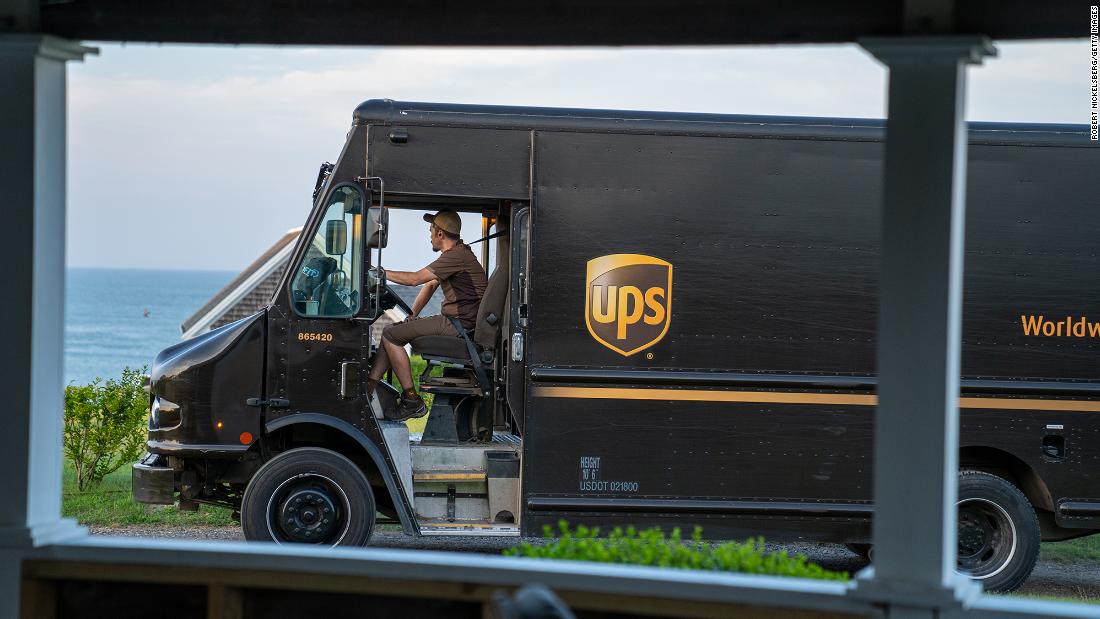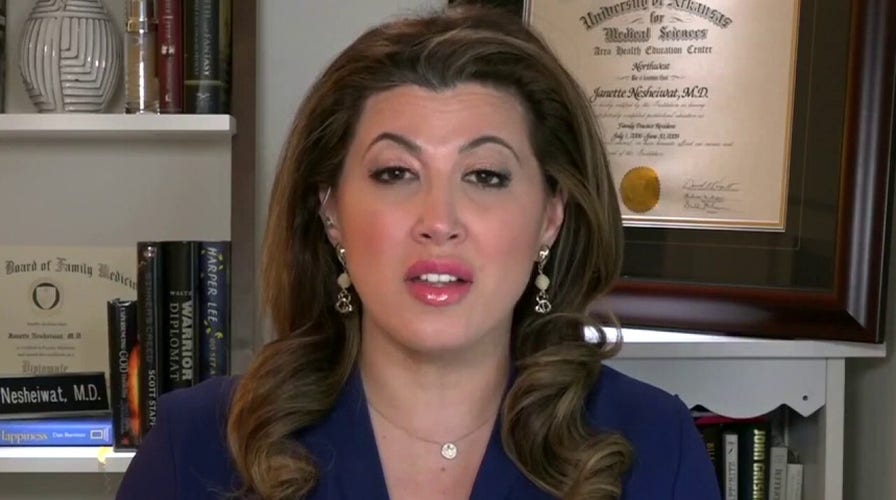- by foxnews
- 26 Nov 2024
What does the UPS-Teamsters deal mean? Who won? And what's next?

UPS and the Teamsters reached a tentative deal on a new labor contract Tuesday, potentially averting what could have been a crippling strike. What it means really is up to the 340,000 rank-and-file Teamsters who work for the company who now get to vote on the deal.
If they vote no, a strike is still a very real possibility. That could bring millions of package deliveries to a grinding halt, upend only recently recovered supply chains and knock the US economy for a loop.
But if the Teamsters vote yes, there are a number of clear winners.
The deal include many of the main bargaining goals sought by the union. Among the details:
"It's like instant relief. Just minutes ago we thought he was going on strike and now everything is settled just essentially," said Carl Morton, a full-time UPS driver speaking to CNN at the union's hall in Philadelphia on Tuesday. "I love it. I mean, I didn't want to go on strike."
The last two years are a clear lesson in the problems caused when supply chains don't work as planned: shortages and higher prices.
An estimate from Anderson Economic Group, a Michigan research firm with experiencing estimating the economic impact of strikes, said that even a 10-day strike at UPS would have cost the economy as much as $7.1 billion, with a $4.6 billion hit to businesses and consumers from the disrupted deliveries, as well as direct losses at UPS of $816 million, $1.1 billion in lost wages by Teamsters at the company, and additional costs to UPS suppliers and tax coffers.
A big blow to the economy could have hurt President Joe Biden's reelection campaign. Still, Biden was willing to do what the Teamsters wanted and stay on the sidelines during management and union negotiations.
He still has to worry about about a strike against one or more major automakers by the United Auto Workers union in September. He's been scrambling to build bridges to the UAW, which has been vocal in its criticism of his policy promoting a switch to electric vehicles, a move that could eventually cost union jobs.
But averting a Teamsters strike is one fewer thing for him to worry about.
On Tuesday Teamsters President Sean O'Brien called the deal a "game changer" for US workers.
"This contract sets a new standard in the labor movement and raises the bar for all workers," he said.
Despite the gains made by labor in recent years, unions still represent only a small fraction of US workers. The Bureau of Labor Statistics said that only 6% of employees at US businesses in 2022 were members of unions, down from 16.8% in 1983, when the Labor Department started tracking union membership.
But there have been high profile organizing wins for unions in the last two years, along with some high profile strikes, such as the ongoing ones against Hollywood studios and streaming services by actors and writers. Add to that the potential of an auto strike, and it's clear than unions are flexing their muscles in a way they haven't in decades.
It helps unions that this is such as strong jobs market, with unemployment still near a decades-low. Average hourly wages in private sector jobs are up 4.7% over the last 12 months. There are more job openings across the economy than there are unemployed job seekers. UPS agreed to a significantly higher starting wage for part-time workers partly because it was already having to pay the new pay level in many markets to find the workers it needed.
Yes, this new deal will be expensive, although probably not as expensive as the $30 billion cost over the five-year deal claimed by the Teamsters Tuesday. UPS said it will give its own estimate of the cost when it reports results in August.
But the cost was worth it to a company that made $11.3 billion last year to make sure it didn't lose customers. Many major shippers likely would have signed long-term deals with competitors, such as FedEx, if there had been a strike in order to keep their shipments moving. Satish Jindel, president of ShipMatrix, a software provider that works with parcel shippers, had estimated that UPS might get back only 70% of its normal business if a strike had taken place, compared to the 90% of the business that returned after the 1997 strike, when there were fewer alternatives for customers available.
But despite those gains, it's not clear the memberships will vote to ratify. The vote will conclude by August 22.
There have been numerous examples in recent years of rank-and-file voting down deals recommended by their union leadership. Just Monday, the pilots union at FedEx announced that 57% of members had voted against a tentative deal that raised salaries and pension benefits for its members by 30%.
The last time the Teamsters members at UPS voted on a tentative deal, they voted it down. But because less than half of members participated in that 2018 vote, the unpopular contract was imposed upon them. There's still lingering anger about that. And unlike many other companies, UPS also did not pay premiums or hazard pay during the pandemic, even as it hit record profits.
"There is a lot a lot of animosity and anger not just during the last contract but what happened during the pandemic," O'Brien told CNN in June. "They weren't rewarded as UPS made record profits."
O'Brien said the fact that he had rank-and-file members on the committee this time makes him confident he's addressed the issues important to members.
Unlike five years ago, if a majority vote no, it will block the contract from taking effect, no matter the turnout.
That could set the stage for a late-August strike. And that could turn many winners from this deal into losers very quickly.
- by foxnews
- descember 09, 2016
The world's oldest Douglas fir trees have lived over 1,000 years
The Douglas fir, the state tree of Oregon, can grow incredibly tall and live impressively long. The oldest Douglas fir trees have lived to be over 1,000 years old.
read more


